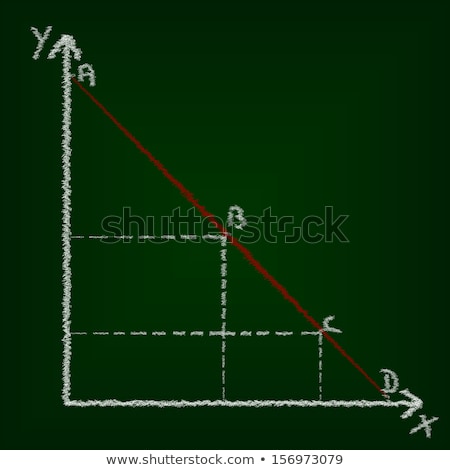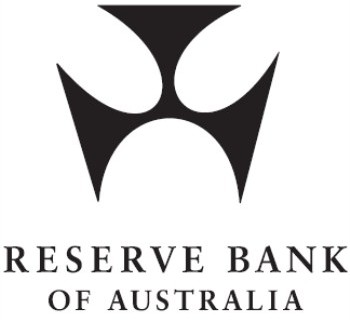What is goodwill?
Contents
This is a very simple and widely followed method of valuation of goodwill. In this method, goodwill is calculated on the basis of the number of past years years. Average of such profits is multiplied by the agreed number of years to find out the value of goodwill. Goodwill Nature And Valuation Class 12 Notes Accountancy in PDF are available for free download in myCBSEguide mobile app.

According to IFRS 3, “Business Combinations,” goodwill is calculated as the difference between the amount of consideration transferred from acquirer to acquiree and net identifiable assets acquired. In listing goodwill on financial statements today, accountants rely on the more prosaic and limited terms of the International Financial Reporting Standards . IAS 38, “Intangible Assets,” does not allow the recognizing of internally created goodwill (in-house-generated brands, mastheads, publishing titles, customer lists, and items similar in substance). The only accepted form of goodwill is the one that acquired externally, through business combinations, purchases or acquisitions. If debts prove to be good and cash is received, the amount will be credited to the customers’ accounts (it should be remembered that the debtors’ accounts were not written off). If the debts prove to be finally bad, the loss should be written off to partners’ capital accounts in the new ratio.
Distinguishing Features of Goodwill:
In a private company, goodwill has no predetermined value prior to the acquisition; its magnitude depends on the two other variables by definition. A publicly traded company, by contrast, is subject to a constant process of market valuation, so goodwill will always be apparent. The company earned net profit during the last four years as ₹ 56,000, ₹ 64,000, ₹ 96,000 & ₹ 80,000.
The incoming partner who acquires his share in the profits of the firm from the existing partners brings in some additional amount to compensate them for loss of their share in super profits. Thus, share of goodwill brought in by new partner in cash is called premium. Super profit Method if the goodwill is valued at 3 years’ purchase of super profits. The average profit earned by a firm is Rs.7,50,000 which includes overvaluation of stock of Rs.30,000 on an average basis. The capital invested in the business is t Rs.42,00,000 and the normal rate of return is 15%.

Calculate value of goodwill according to Capitalisation of Super Profit Method as well as Capitalisation of Average Profit Method. A business builds up some reputation after it has continued for some time. If the reputation is good, the firm will come to acquire a fixed clientele in the sense that a number of customers will automatically make their purchases from the firm.
What Is an Example of Goodwill on the Balance Sheet?
The assets and liabilities of similar firms operating in the same industry are assessed using the market method. For many investors, assessing goodwill is a difficult but necessary skill. After all, it might be difficult to establish whether a company’s claimed goodwill is justified when looking at its balance sheet. For example, a corporation may claim that its goodwill is based on the acquired company’s brand awareness and customer loyalty.
- A higher impairment charge reflects the company’s irrational investment decisions.
- We will learn to calculate Goodwill step by step with the help of an example.
- If debts prove to be good and cash is received, the amount will be credited to the customers’ accounts (it should be remembered that the debtors’ accounts were not written off).
Similar type of companies earn at 10% of the value of their shares. Plant & machinery and land & building stood at 130 lakh and 110 lakh in balance sheet respectively. However, the expert valuer valued the land & building at ₹ 240 lakh and plant & machinery at ₹ 120 lakh.
It is an internally generated goodwill which arises from a number of factors that a running business possesses due to which it is able to earn more profits in the future. Outside of accounting, goodwill might be referring to some value that has been built up within a company as a result of delivering amazing customer service, unique management, teamwork, etc. However, this goodwill is unrelated to a business combination and cannot be recorded or reported on the company’s balance sheet. Although goodwill is the premium paid over the fair value of an entity during a transaction, goodwill’s value cannot be sold or bought as an intangible asset in of itself. A domain name’s sole value is the name, or the initials.
Example of a Goodwill Calculation
Goodwill is a special type of intangible asset that represents that portion of the entire business value that cannot be attributed to other income producing business assets, tangible or intangible. Where the wrinkles occur comes in measuring one of the variables. As you see, the amount of non-controlling interest plays a significant role https://1investing.in/ in the goodwill-calculation formula. A non-controlling interest is a minority ownership position in a company whereby the position is not substantial enough to exercise control over the company. Goodwill is an intangible asset, and it comes in a variety of forms, including reputation, brand, domain names, and intellectual property.
This time frame is typically the expected life of the asset. As per valuation of equity shares based on price-earnings ratio, the shares are valued on the basis of multiplied by price earnings ratio. Consider the case of a hypothetical investor who purchases a small consumer goods company that is very popular in their local town.
A provision of ₹ 31,500 on sundry debtors was made in the financial year 2015 which is no longer required. A claim of ₹ 16,500 is to be provided against profit for year 2015. Goodwill may be calculated at 3 times adjusted average profits of 3 years. It is agreed that goodwill of the firm is valued at 2 years purchase of weighted average profits for the last 3 years.
Goodwill has an indefinite life, while other intangibles have a definite useful life. The two commonly used methods for testing impairments are the income approach and the market approach. Using the income approach, estimated future cash flows are discounted to the present value.

Evaluating goodwill is a challenging but critical skill for many investors. After all, when reading a company’s balance sheet, it can be very difficult to tell whether the goodwill goodwill exists only when the firm earns it claims to hold is in fact justified. For example, a company might claim that its goodwill is based on the brand recognition and customer loyalty of the company it acquired.
Example of Goodwill
Investors will investigate what is underlying a company’s declared goodwill when looking at its balance sheet to see if that goodwill will need to be wiped down in the future. Investors may believe that the underlying worth of a company’s goodwill is larger than that represented on its balance sheet in various instances. Thus, goodwill is the value of the reputaion of a firm which enables it to earn higher profits in comparison to the normal profits earned by other firms in the same trade. Instead, management is responsible for valuing goodwill every year and to determine if an impairment is required. If the fair market value goes below historical cost , an impairment must be recorded to bring it down to its fair market value.
Goodwill is computed by deducting the difference between the fair market value of the assets and liabilities from the company’s acquisition price. The term ‘goodwill’ is often heard in business circles and even in normal conversations between buyers and sellers at any local market. As students of commerce, you probably already know that it is an intangible asset. But, several other aspects comprise goodwill meaning, the details of which are given below.